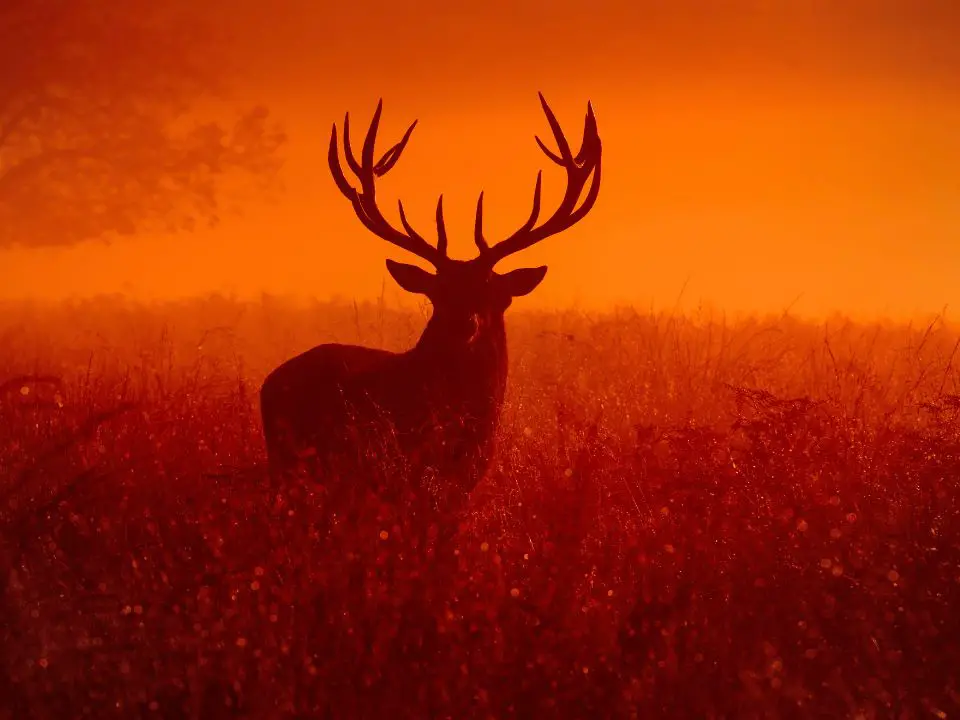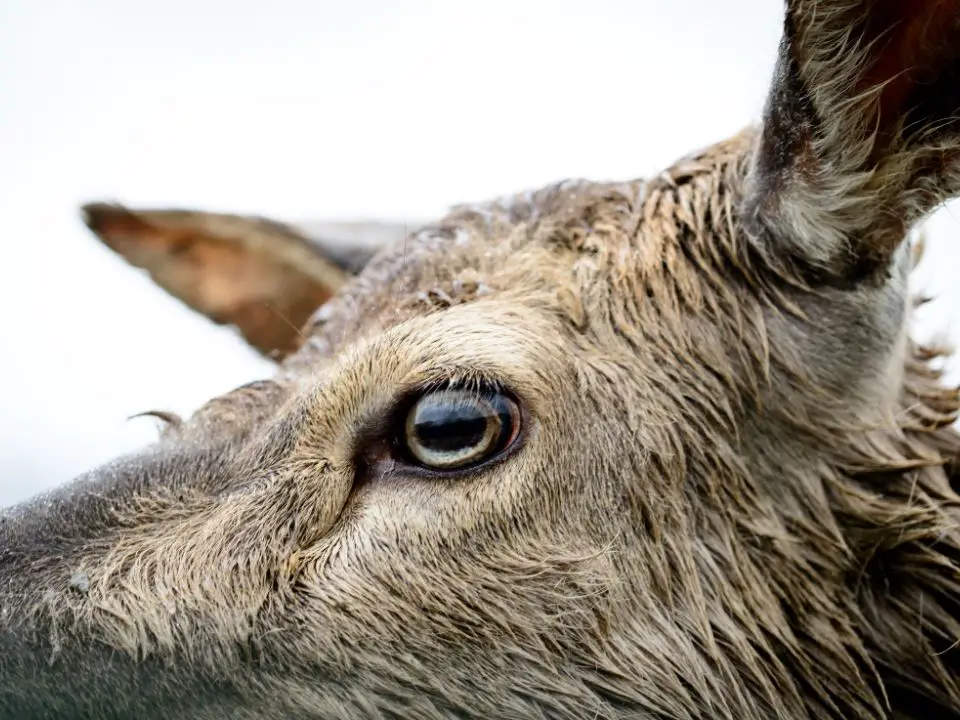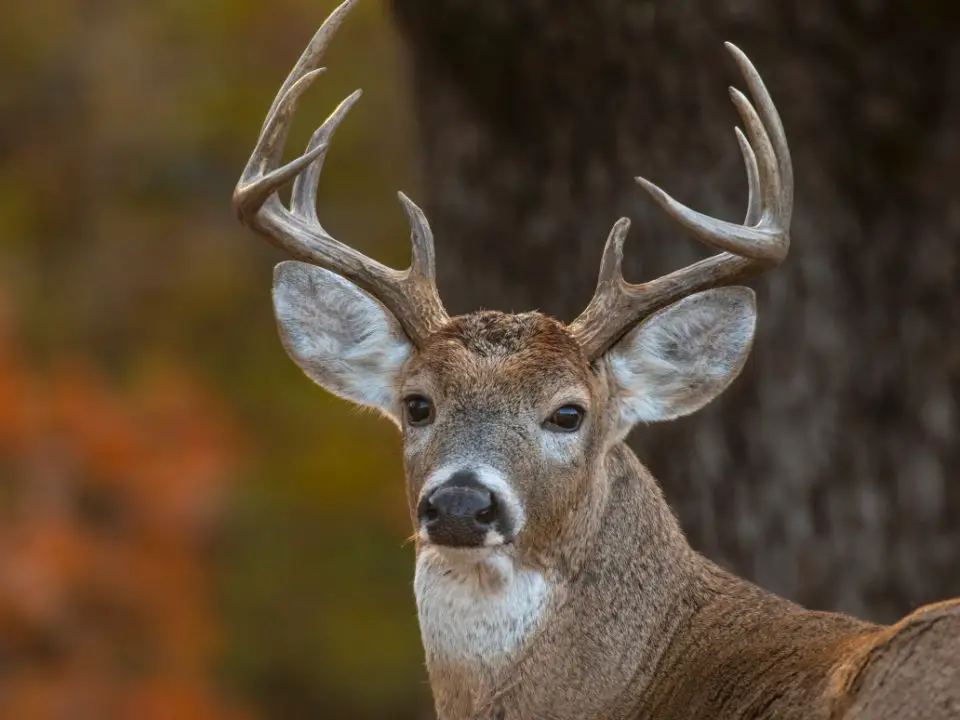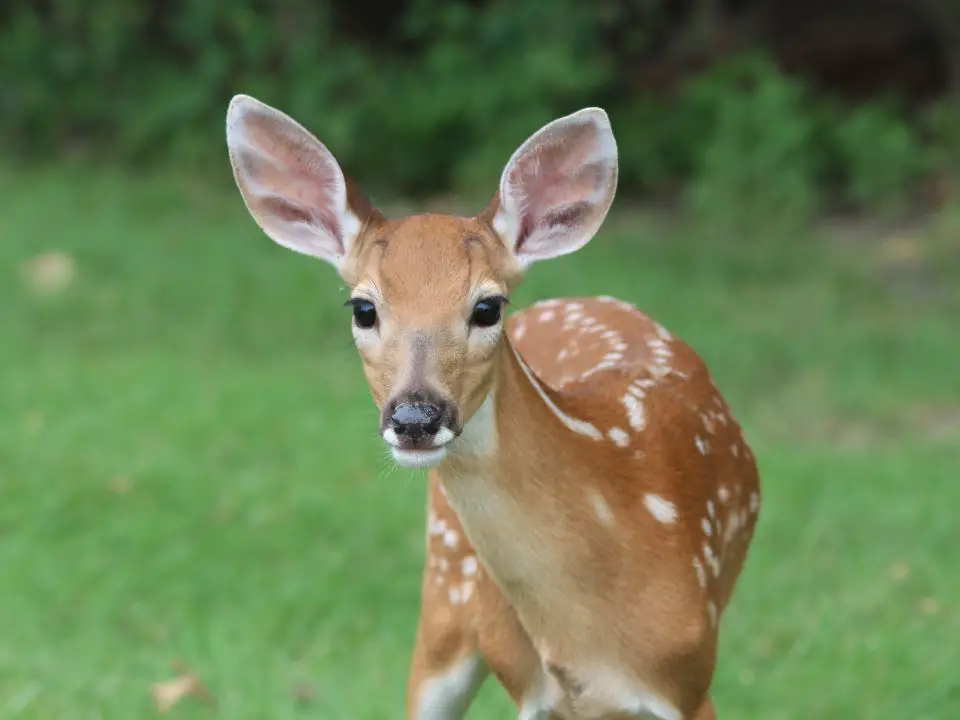Deer see colors differently than we do, but they are able to see a wider range of colors. This is due to the fact that deer have more rods in their eyes, which allows them to see better in low light conditions. However, this also means that deer cannot distinguish between different hues as well as we can. So while a deer may be able to see the color red, they would not be able to tell the difference between a deep red and a bright pink. So do you want to know more about What Colors Can Deer See, keep on reading till the end.
What Colors Can Deer See
What colors can a deer see, not see, and how sharp is its vision have been topics of interest among scientists for a long time. Several scientific ways have been used to study the vision of deer on a molecular level. These scientific ways include DNA cloning, scanning electron microscopy, and electroretinography. Other old ways have also been used to study a deer’s vision, such as the use of negative and positive stimuli tests on living, captive individuals.

Researchers have found that deer can see colors. However, they do not observe them in the way we humans do. A study was carried out at the University of Georgia in the 1990s, in which a deer was sedated and different wavelengths of light were released into his eyes. Researchers then measured the brainstem responses of deer into each wavelength.
They found that their eyes can see colors with short and medium wavelengths, that is blue and green. But their eyes were not very sensitive to colors with long wavelengths, like red and orange. It was also found that deer can observe short wavelength colors about twenty times better than humans. Because unlike humans, their eyes do not have the ultraviolet light filter and so their eyes can pick out more light than humans.

Their eyes also have a reduced number of cones as compared to human eyes, which prevent them from viewing colors of long wavelengths very well. That is why they can not see orange and red colors better. This factor also affect their daytime vision. Brain Murphy is a wildlife biologist who also served as the CEO of Quality Deer Management Association. He participated in the study and said “they are essentially red-green color blind”.
What Colors Can Deer Not See
The eyes of deer are less sensitive to colors with long wavelengths like red and orange, and so they can not see these colors very well. The reason is that their eyes have a reduced number of cones than human’s eyes, which do not allow them to see colors of long wavelengths vey well. It also affects their daytime vision. That is why the wildlife department urges hunters and nature photographers to wear orange while hunting or taking photos of deer.
What Colors Do Deer See Best
Blue and green are the colors that a deer sees best. The eyes of deer do not have an ultraviolet light filter, which we humans and some other long living animals have. It means their eyes can see colors of short wavelength (especially blue) about twenty times better than us.

The number of cones in a deer’s eyes is about half as compared to those found in the human eyes. So a restricted number of cones do not allow their eyes to view colors of long wavelengths (orange and red) very well and also influence their daytime vision. Murphy says that “Blue jeans are much more vivid to a deer than blaze orange”. So hunters and photographers are advised to avoid wearing blue color jeans or shirts.
What Colors Can Whitetail Deer See
Like other deer species, white-tail deer can also see colors of short and medium wavelengths (blue and green) best but their eyes are not much sensitive to the colors of long wavelengths, such as orange and red. In research, several techniques were used to study the color vision of whitetail deer, including molecular genetics, electroretinography, and electron microscopy.

It revealed that a deer’s eyes have three classes of photopigments: a short-wavelength-sensitive cone mechanism, a medium-wavelength-sensitive cone mechanism, and a short-wavelength-sensitive rod pigment. Adaptation of their eyes extended the number and distribution of rods and cones in their retina and equipped a white-tailed deer with a high visual sensitivity and sharp vision in light as well as in darkness.
In the day time, a deer can discriminate in colors of blue to yellow-green range and can also recognize the colors of longer wavelengths like orange and red. At night, a deer can see colors in the range of blue to blue-green, however, their spectral sensitivity of rods is moderately wide that allows them to distinguish some colors of the longer wavelengths too.
In the color vision of a deer, rods play discriminatory role, specailly when the level of light is low to medium. So a white tailed deer can see colors blue (short wavelength) and green (medium wavelength) very well, but can not see orange and red (long wavelength) colors with intensity as we humans do.

The reason is that the number of cones in their eyes is about half as compared to those found in the human eyes, which do not permit them to view colors of longer wavelengths (orange and red) very well and also affect their daytime vision. The lack of ultraviolet light filters in their eyes is the reason why they can see colors of short and medium wavelengths (blue and green) about twenty times better than we humans do.
What Colors Can Deer See At Night
Unlike humans, deer have a very good night vision. It is because their eyes are equipped with a high concentration of rods. They also have an oval-shaped pupil, which acts like a camera’s aperture.

Besides that, their eyes have a layer of tissues known as tapetum lucidum, which acts like a mirror and magnifies light. Due to tapetum lucidum, their eyes also glow when light is thrown on them in the dark. All these factors contribute to their excellent night vision.


Leave a Reply